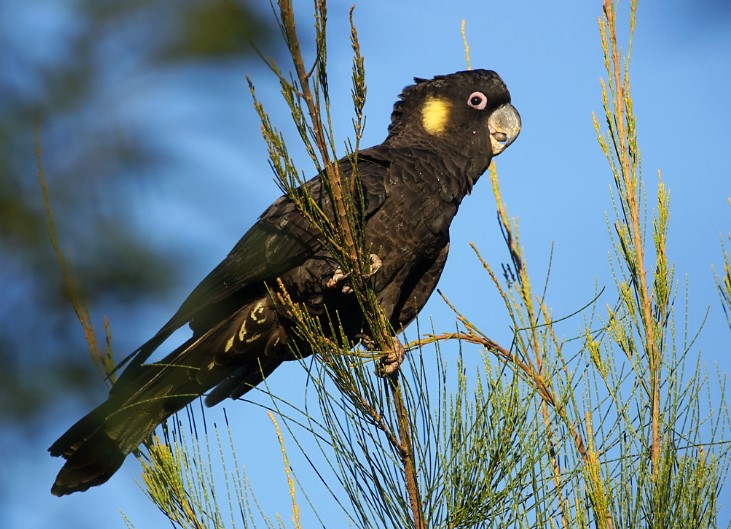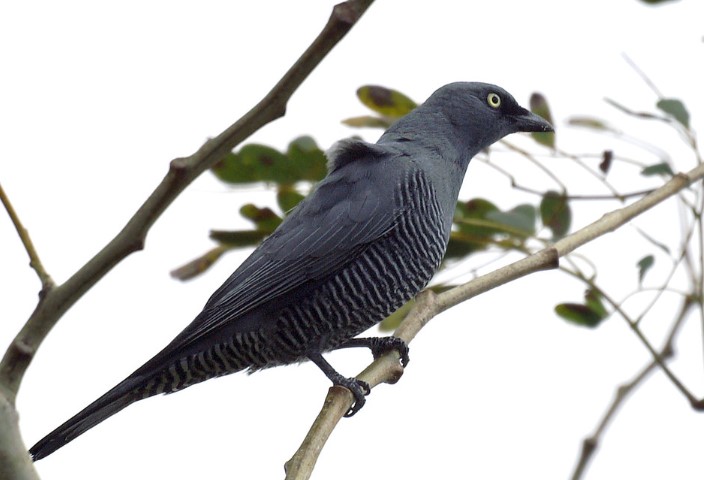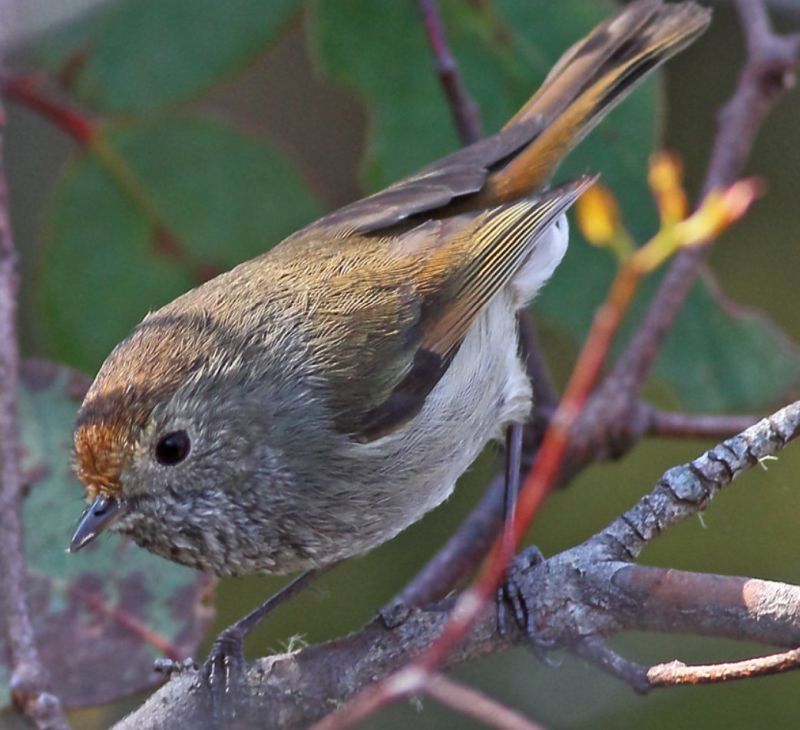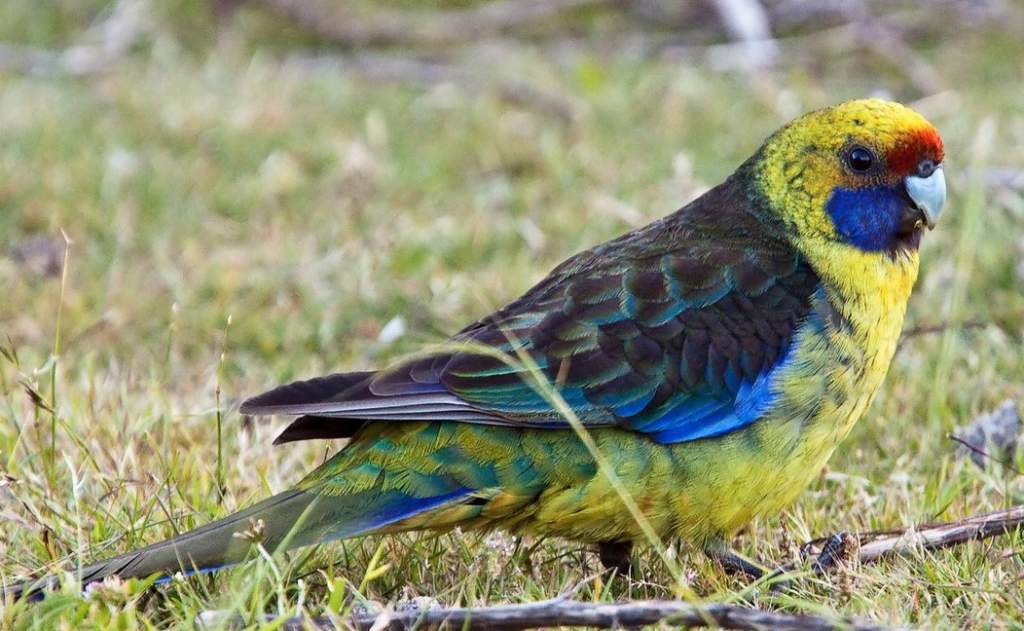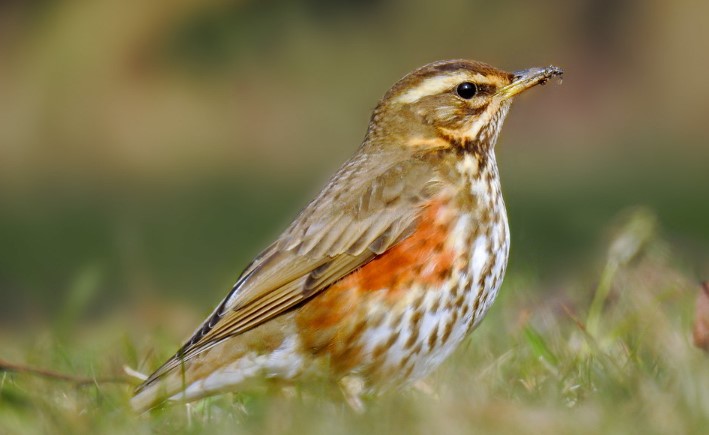A lesser-known bird in Australia, the Grey Honeyeater (Conopophila whitei) is most often overlooked. Western central Australia’s mulga belt is home to this honeyeater. It belongs to the honeyeater family. First described by A.J. North in 1910 as Lacustroica whitei. So, Conopophila whitei is currently classified within the honeyeater genus Conopophila and the family Meliphagidae.

Their primary diet consists of insects, and they glean briskly through low mulga trees and other shrubby acacias’ foliage. The fruits of mistletoe are also habitually taken by them. On occasion, nectar is also retrieved from blossoming eremophilas.
Birds probing and piercing the base of the flowers. Sometimes, they work together with Yellow-rumped Thornbills and Western Gerygones while foraging in mulga woodlands.
Grey Honeyeaters measure about 110-120 mm in length. There is no difference between the sexes. Upper parts of adults are uniformly grey-brown with a citrine-edged flight feather. There is a narrow white tip to the tail. There is a broad gray wash across the breast across the underparts of the bird. There is a brown color to the eyes and a dusky color to the bill and feet as well. There is a russet wash on the bird’s back and breast band, and a broken cream eye ring on an immature bird.
The species is rare to uncommon, likely sedentary with some nomadic movements. Grey Honeyeaters call in a harsh, loud ere-seek that is loud and harsh. The Gray Honeyeater’s song, however, is a series of twittering trills called tee-te-deee or tsee-u-ee, very repetitive. The bird also makes a weak, grating, high-pitched tinkling sound or a plaintive series of notes presented in quick succession, similar to a “troo-whee, troo-whee” sound.
Breeding and nesting season generally extends from August to November. If there is rain in the summer, nesting may last into May. Honeyeaters hover to capture flying insects or glean the surface of foliage for lerps and similar insects. By piercing the deep, tubular flowers, it also feeds on nectar.
An untidy, small nest is built by the birds using plant fibers and cobwebs; it is lined with plants down and slung in branchlet tips within three meters of the ground. In the outer leaves of a mulga shrub, the nest is often suspended from slender twigs. Incubation is probably by both sexes, as is the feeding of nestlings and fledglings.


